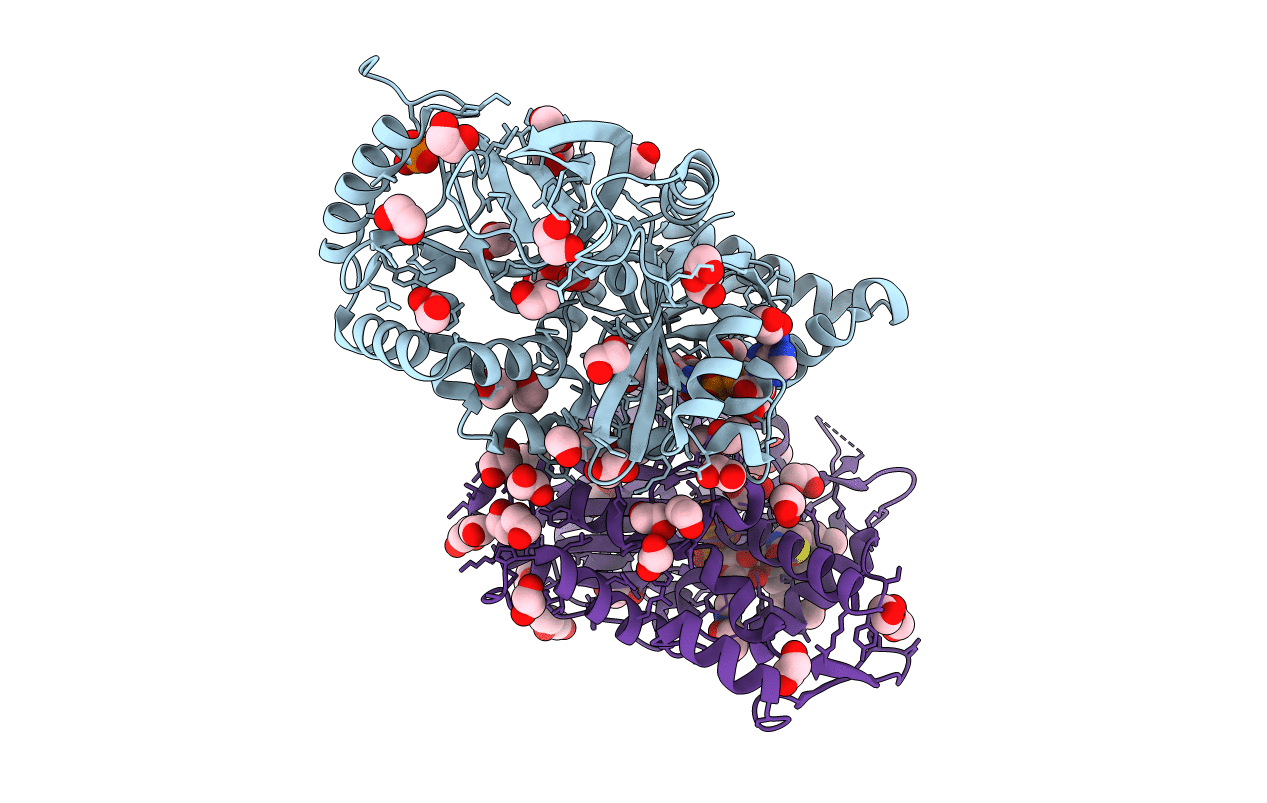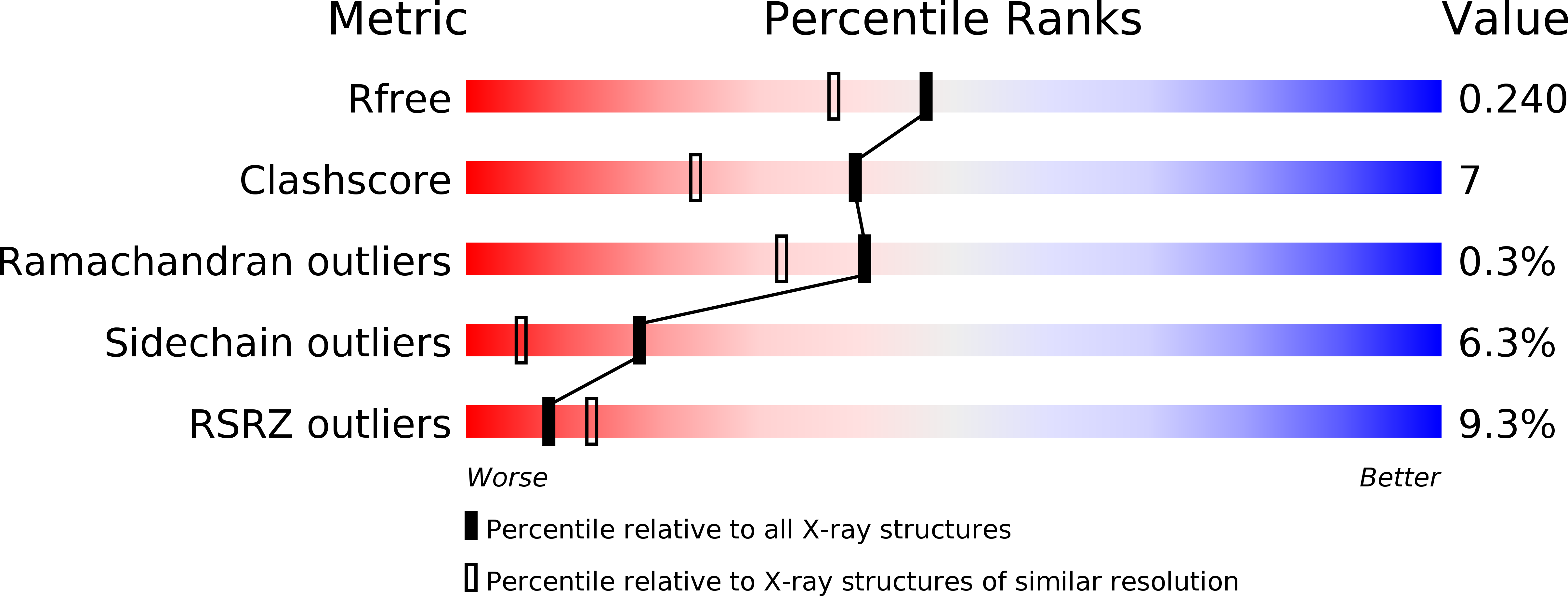
Deposition Date
2012-09-10
Release Date
2013-02-20
Last Version Date
2023-11-08
Entry Detail
PDB ID:
4H0Y
Keywords:
Title:
Crystal structure of NAD+-Ia(E380S)-actin complex
Biological Source:
Source Organism:
Clostridium perfringens (Taxon ID: 1502)
Oryctolagus cuniculus (Taxon ID: 9986)
Oryctolagus cuniculus (Taxon ID: 9986)
Host Organism:
Method Details:
Experimental Method:
Resolution:
1.94 Å
R-Value Free:
0.23
R-Value Work:
0.21
R-Value Observed:
0.22
Space Group:
P 21 21 21


